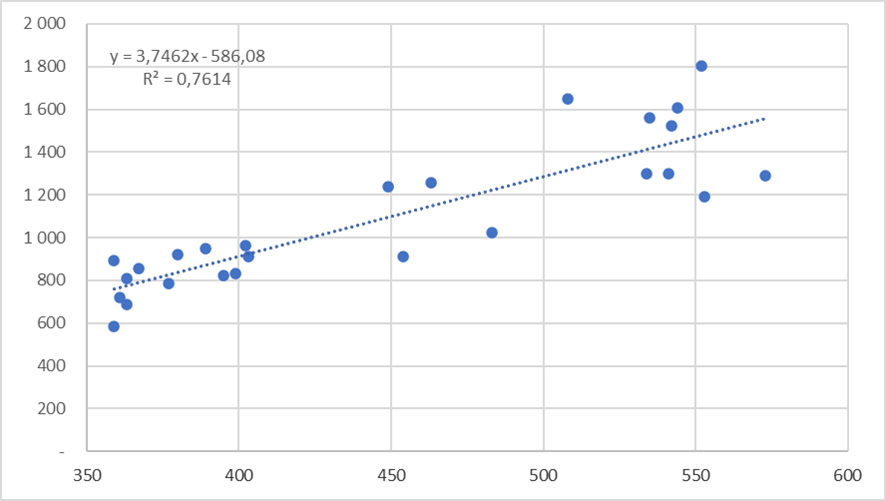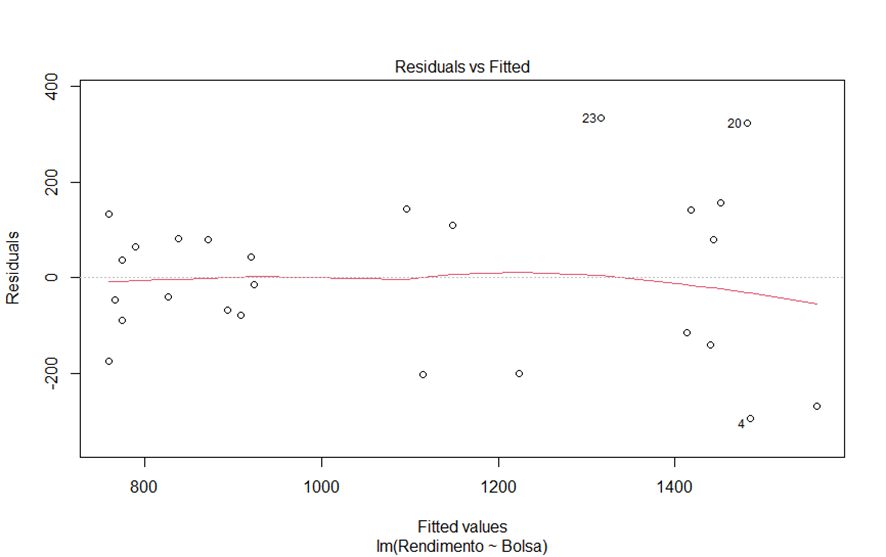Impact of Bolsa Família (Auxílio Brasil) on the average per capita household income of Brazilians in 2012 and 2019
Bolsa Família was an income transfer program created in 2003 as a unification of several national plans to combat poverty and was later replaced by Auxílio Brasil, but maintaining its basic objectives and remaining in force to this day.
The program's initial objective was to help people in a state of extreme poverty in the short term so that these citizens have the possibility of getting back on their feet, making it possible for the next generations to escape this state. It also offered benefits in accordance with the family's level of poverty, that is, according to the number of children, pregnant women, adolescents and nursing mothers. The incentive was changed and expanded to a wider spectrum of the population over the years, gradually trying to become a basic income incentive for all Brazilians with different types of needs (Law No. 10,836 of 09/01/2004; BRITTO, SOARES, 2010).
Due to the fact that this social project (Bolsa Família + Auxílio Brasil) has already been in force for almost 20 years and is preserved and commanded by different political parties in power, there is a need for an evolutionary comparison of its contribution over time to average income of Brazilian workers.
Therefore, this study aims to compare the impacts that this social project generates on the household income per average capital of Brazilians in 2012 and 2019. The last year of availability of data from Bolsa Família (Auxílio Brasil) by IBGE is 2020, however As in this specific period of the year, emergency aid was created at the drop of a hat due to the spread of the Covid-19 pandemic to those who had this previous aid, as well as an even greater increase in the population, it was decided to compare with the previous year (2019) to avoid generating any type of bias. With this purpose, finally, it is possible to determine whether the program was fundamental in maintaining the average household income. The methodology chosen was simple regression , with the adoption of the linear model for the data in both periods. The variables adopted were:
- Dependent Variable (Y): total average per capita household income by Federation Units (IBGE, 2022a)
- Independent Variable (X): average real monthly household income per capita, of those who receive Bolsa Família, by Federation Units (IBGE, 2022b).
It is important to highlight that data from the Federal District were removed from the analyzes as it was observed as a strong outlier that would generate biases in the analyses.
Linear Regression for the year 2012

| Equation 1 (Y = α + β 1 X) | Y = -586.08+ 3.7462X |
| R 2 | 76.14% |
| F Test | 0.0000 |
| P-Value (α) | 0.0060 |
| P-Value (β) | 0.0000 |
| Shapiro-Wilk test | 0.7036 |
| Kolmogorov -Smirnov test | 0.8243 |
Waste dispersion:

There is great potential in its R 2 , reaching 76.14% predictive power. Considering that this research only addresses socioeconomic variables, there is considerable explanatory potential. Additionally, the equation was validated by the F Test, as well as its coefficients were validated by its p- values and the residues of the equation: the Shapiro-Wilk and Kolmogorov -Smirnov normality tests presented, respectively, p- values of 0.7036 and 0.8243.
According to the beta coefficient of the independent variable in equation 1, for every R$ 1.00 increase in the household income of those who received Bolsa Família , there was an increase of R$ 3.75 in the average household income per capita of Brazilians.
From this point onwards, one can additionally use the regression equation to simulate the average per capita family income based on data on the distribution of Bolsa Família values, which increase their values in accordance with the family's poverty situation, the number of people, as well as other variables that have changed over the years.
| Household income with Bolsa Família (X) | Average household income (Y) | Δ% |
| R$ 300.00 | BRL 537.78 | - |
| R$ 400.00 | BRL 912.40 | 70% |
| R$ 500.00 | R$ 1,287.02 | 41% |
Therefore, it appears that when families are asked to receive Bolsa Família with a value of up to R$300.00, they make it possible to generate an average household income in Brazil of up to R$537.78; while financial support of up to R$400.00 increased the average household income in Brazil by R$912.40. Finally, aid of up to R$500.00 increases the average household income by R$1,287.02. This lever effect in which household income increases more than proportionally for each R$ 100.00 increase in Bolsa Família aid can be understood by the cascade effect that spending on food and other basic consumption items and services generate throughout its entirety. national production chain, enabling the economy to grow as a whole.
Regression for the year 2019:
| Equation 2 (Y = α + β 1 X) | Y = -447.74 + 3.9646X |
| R 2 | 69.56% |
| F Test | 0.0000 |
| P-Value (α) | 0.0547 |
| P-Value (β) | 0.0000 |
| Shapiro-Wilk test | 0.6027 |
| Kolmogorov -Smirnov test | 0.8056 |
Waste dispersion:
The R 2 of Equation 2 once again maintained a good explanatory level, equal to 69.56%, validated by approvals in the F Tests, p- values of the coefficients and normality of the residuals: with relatively random distribution and Shapiro-Wild and Kolmogorov -Smirnov with p- values of 0.6027 and 0.8056, respectively. Under initial observation of the beta coefficient of the independent variable, in 2019, for every R$1.00 increase offered in income from the Bolsa Família program, the average per capita household income in Brazil increased by R$3.96. In this way, a very equivalent increase compared to 2012, but slightly higher.
For comparative purposes, therefore, the same income values for this aid will be simulated for 2019, considering that there were no inflationary adjustments between the two periods (despite the loss of purchasing power).
| Household income with Bolsa Família (X) | Average household income (Y) | Δ% |
| R$ 300.00 | BRL 741.64 | - |
| R$ 400.00 | R$ 1,138.10 | 53.5% |
| R$ 500.00 | R$ 1,534.56 | 35% |
It is noted that aid of R$300.00 provided an average per capita income for Brazilian families (considering families with and without aid) of R$741.64; aid of R$400.00 generated average income of R$1138.10; while grants of 500.00 resulted in average income of R$ 1,534.56. It is noted that in 2019 there were greater increases in income.
Therefore, despite the beta coefficient of Equation 2 of 2019 being very equivalent to that of Equation 1 of 2012, the effect that the alpha coefficient had on the dependent variable in 2019 allowed for higher family incomes than in 2012 for low amounts of aid granted. But as the aid has greater values, the joint action of alpha and beta reduced the leverage effect in 2019 and both years reduced the difference in family income for contributions of R$ 400.00 in aid, and more equivalent percentage variation when reaching a level of R$500.00 in aid.
References:
LEI Nº 10.836 DE 09 DE JANEIRO DE 2004 (2022)
IBGE Síntese de Indicadores Sociais (2022a)
FDR. Auxílio Brasil: valor médio do benefício chega a R$ 562 em 4 cidades (2022)